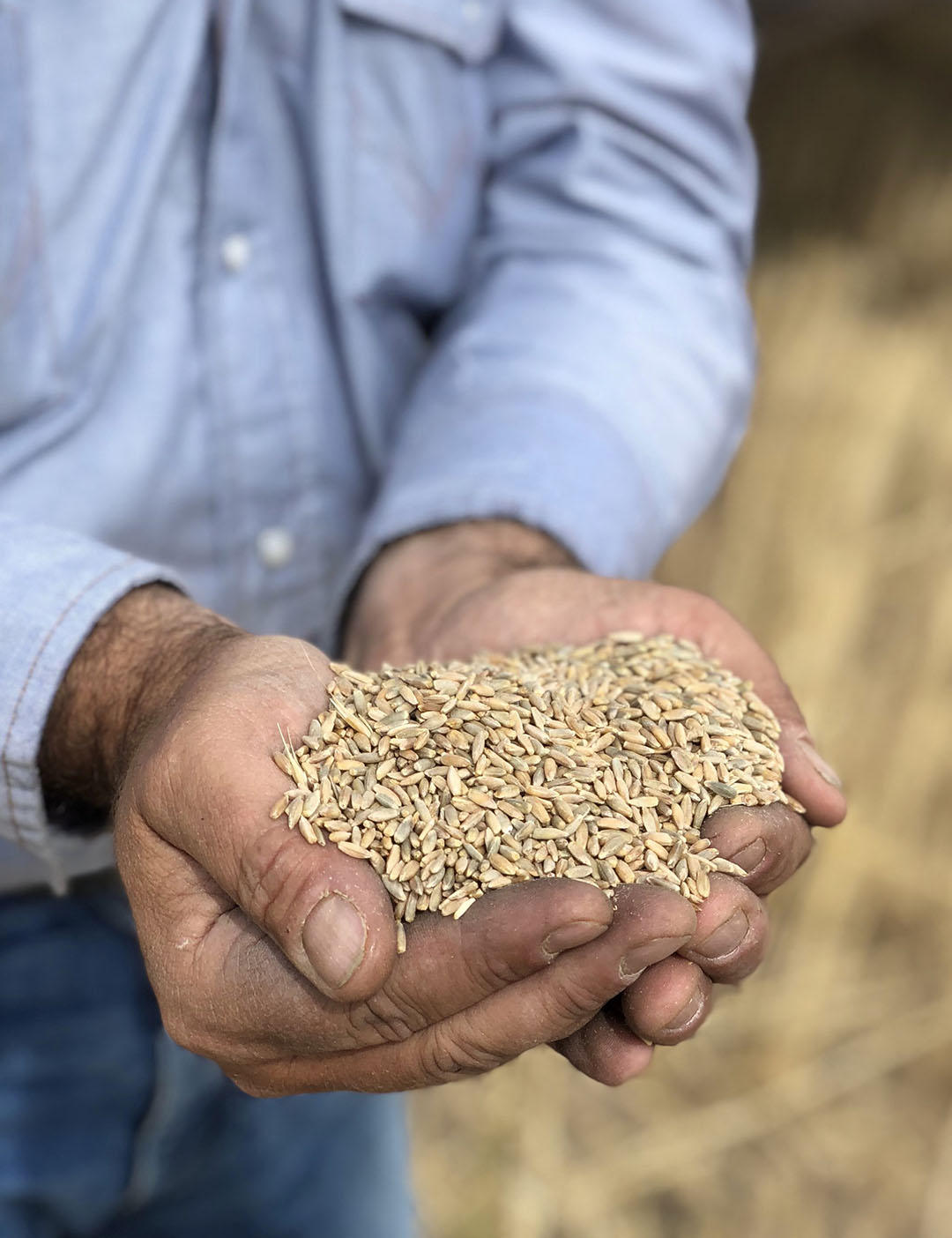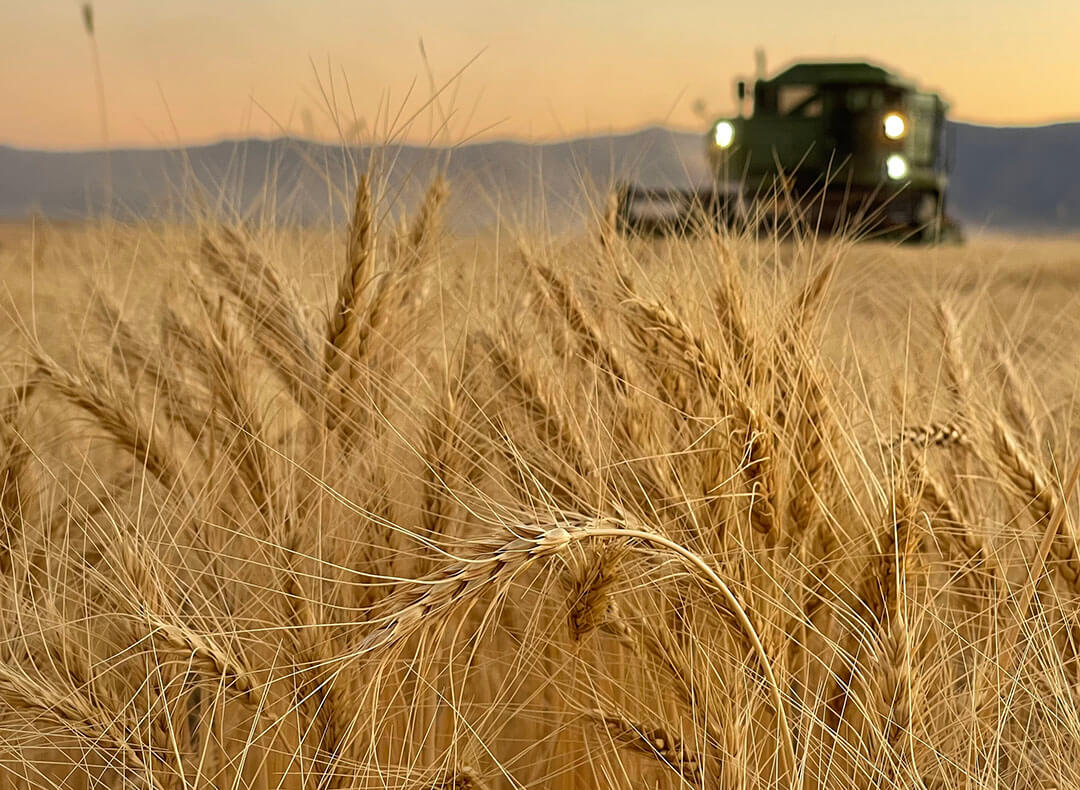Mile High Mill & Grain Co. brings high-quality organic flour to Reno-Tahoe.
Putting food on families’ tables always was a dream for Tom and Andrea Traphagan. The two spent two decades indirectly doing so as they farmed alfalfa and grain hay for livestock feed on roughly 800 acres in Standish and Ravendale, Calif.
The Traphagans purchased the first 400 acres in Ravendale in 1999 and began the lengthy process of turning the fields of sagebrush into fertile soil — a process of crop rotation and cover crops that still goes on today at their Sunset Ranch.
“You can’t just go out there and remove the sagebrush and think something is going to grow. You have to build up the bacteria, nitrogen, and calcium inside the soil,” Tom explains. “Right now, we’re planting Australian winter peas, hairy vetch, and rye. That will be grown for two and a half to three months. I’m going to go out and mow it into our fields and put it back into the ground, and then plant grain on top of it.”

Making of a Mill
In 2017, after years of growing hay grains, the Traphagans began experimenting with growing wheat to make flour. Four years later, with several of their seven children back at home (due to the pandemic) to help, they erected their flour mill on the ranch, and Mile High Mill & Grain Co. was established.

“I think it’s very important that when I sell flour to somebody, they can take that home to their families, and there are no chemicals, no special fertilizers, and no question that what we are growing in our ground is all natural and organic. It fills me up,” says Tom, who grew up helping his mother run a health food store in Oakdale.
In 2015, the ranch officially earned its organic certification.

Fresh Makes a Difference
Using a roller mill, the Traphagans’ operation grinds red and white wheat berries into all-purpose bread and pastry flours. Bread flour is high in protein to produce ample gluten, which gives pizza dough or your homemade bread loaf its characteristic chew. While store-bought bread flour may contain 11 to 13 percent protein, Mile High’s product contains more than 16 percent. All-purpose has a protein content of 9 to 11 percent, while pastry flour comes in at around 8 percent to give baked goods their tender, flaky, or crumbly qualities.

“It’s all fresh,” Tom says. “If you’re a baker and you need flour, I can go ahead and get that done in the next couple of days, and when you get it, it was just milled. If you go into the store and say, ‘I need 50 pounds of flour,’ that might have been done six or seven months ago.”
“There are only a handful of mills around the United States that are on farm, certified organic, and milling. In California, we’re the only one,” Andrea adds.
Mile High Mill’s flour can be found in Reno at the Great Basin Community Food Co-op and the Riverside Farmers Market, and cooked into delicious baked goods at Perenn Bakery and Batch Cupcakery in Reno. Bags of flour also are available for sale at Milehighmill.com.
Claire McArthur is a freelance writer who lives by the motto, “Life is too short to eat crappy bread” (among other food-related maxims). Send your favorite bread recipes to her at Clairecudahy@gmail.com.


